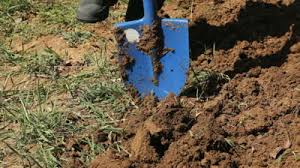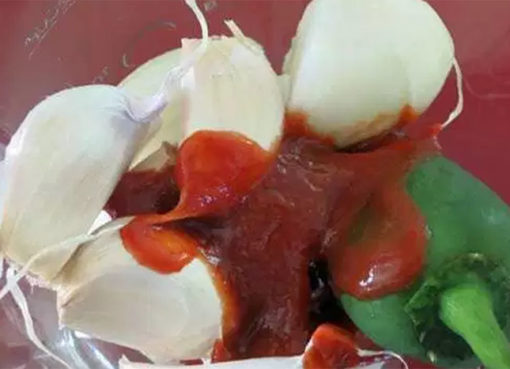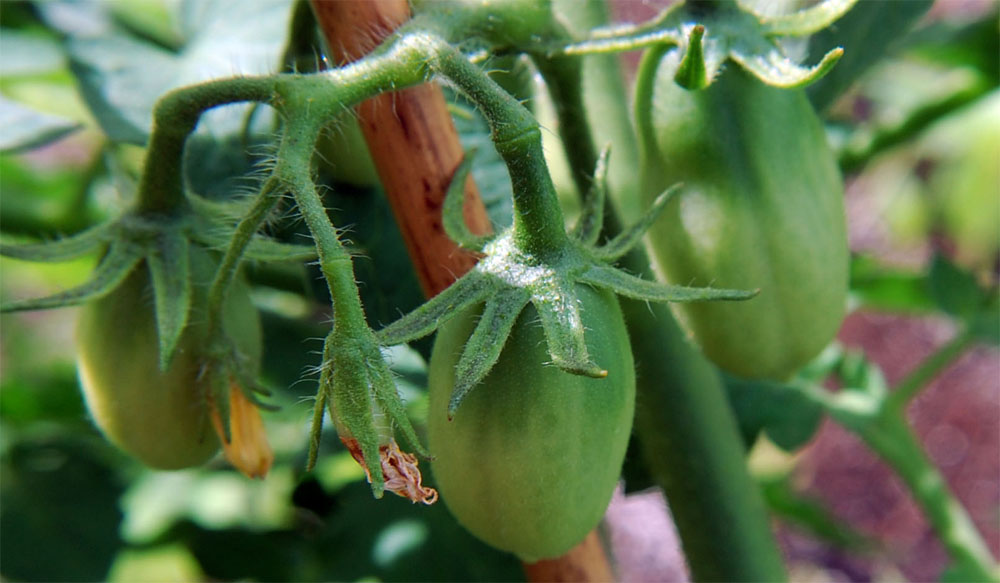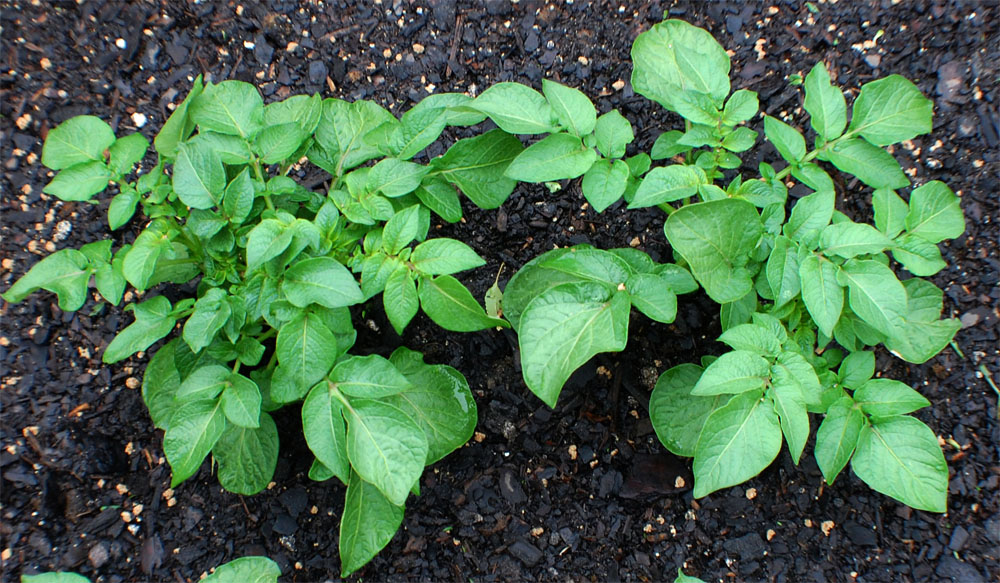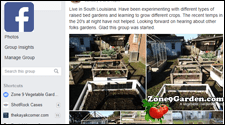If you’re looking to upgrade your vegetable garden this season, you’re going to need to start with the soil. Healthy soil is the foundation of a successful vegetable garden, so making sure your soil is in peak condition is essential. Here are 7 ways to improve your vegetable garden soil and get your garden ready for the growing season.
1. Peat Moss
Bags of moss peat (from sphagnun-rich moorland bogs) or sedge peat (from sedge and reed-rich lowland marshes) used to be a popular soil conditioner years ago, especially when gardeners wanted to acidify their soil. Nowadays, its widespread use has been curbed by environmental concerns. Worried about the long-term effects of commercial peat extraction, many gardeners have stopped using peat products and search for alternatives. Coir or coconut fiber has been widely embraced as a peat replacement.
2. Spent Mushroom Compost
This by-product of the mushroom-growing industry used to be more widely available than it is now and was much-favored by landscapers. A mixture of animal manure, loam, and chalk, this used to provide a cheap source of bulky organic matter to dig in or spread over soil as long as lime-hating plants like rhododendrons were not present. Organic gardeners should only take compost from organic mushroom production units. One would usually order a small lorry load for the garden from local suppliers, but it is scarcer and being superseded by waste from municipal compost recycling schemes.
3. Municipal Compost
Under initiatives to reduce landfill, local authorities are embracing their own composting schemes. Green waste is collected from households and composted on an industrial scale. The results are sold to golf courses as top dressing for greens (the finest grade), bagged and sold through garden centers as soil conditioner, and sold by the truck load to landscapers and those with larger gardens. The compost is thoroughly rotted and the temperature of the heaps is tested regularly throughout the process and is high enough to kill the roots of pernicious weeds and weed seeds.
4. Composted bark
Bark is widely used in horticulture, but only well-composted bark should be dug into the soil. This is potentially an expensive way of conditioning soil, but bags of bark are widely available at garden centers and are an easy means of improving small areas of ground.
5. Pulverized bark and shredded prunings
Both these materials are routinely spread over soil as a mulch to conserve moisture ami suppress weeds, but as they are not yet decomposed, they have the potential to rob the soil of nitrogen while rotting down, because the bacteria involved will use up nitrogen. Don’t dig these mulches in and, if you use them, add a fertilizer to the soil under the mulch. Heavy mulches like these discourage self-seeding and are perhaps not a good idea in cottage gardens where one would like aquilegias, forget-me-nots, foxgloves, honesty, and other plants to self-sow.
6. Cocoa shell
Main gardeners looking for mulching materials favor this product, which is made from the outer husk of the cocoa bean. It makes a good weed-inhibiting mulch, is said to repel slugs, and will acidify soil. Cocoa mulch can be harmful to dogs and some are tempted to eat it. At one stage in its decomposition, a mold grows over the mulch, but this is quite natural.
7. Seaweed
Seaweed contains a lot of potash and an alginate that helps bind soil particles together. Either dig straight into empty ground when wet, or add to the compost heap. I used to worn about the salt content, but some gardens have been treated with seaweed over a long period with no unwanted side effects. Dried seaweed meal is a good soil improver and calcified seaweed seems to benefit both light and heavy soils, improving structure and helping plant growth.


